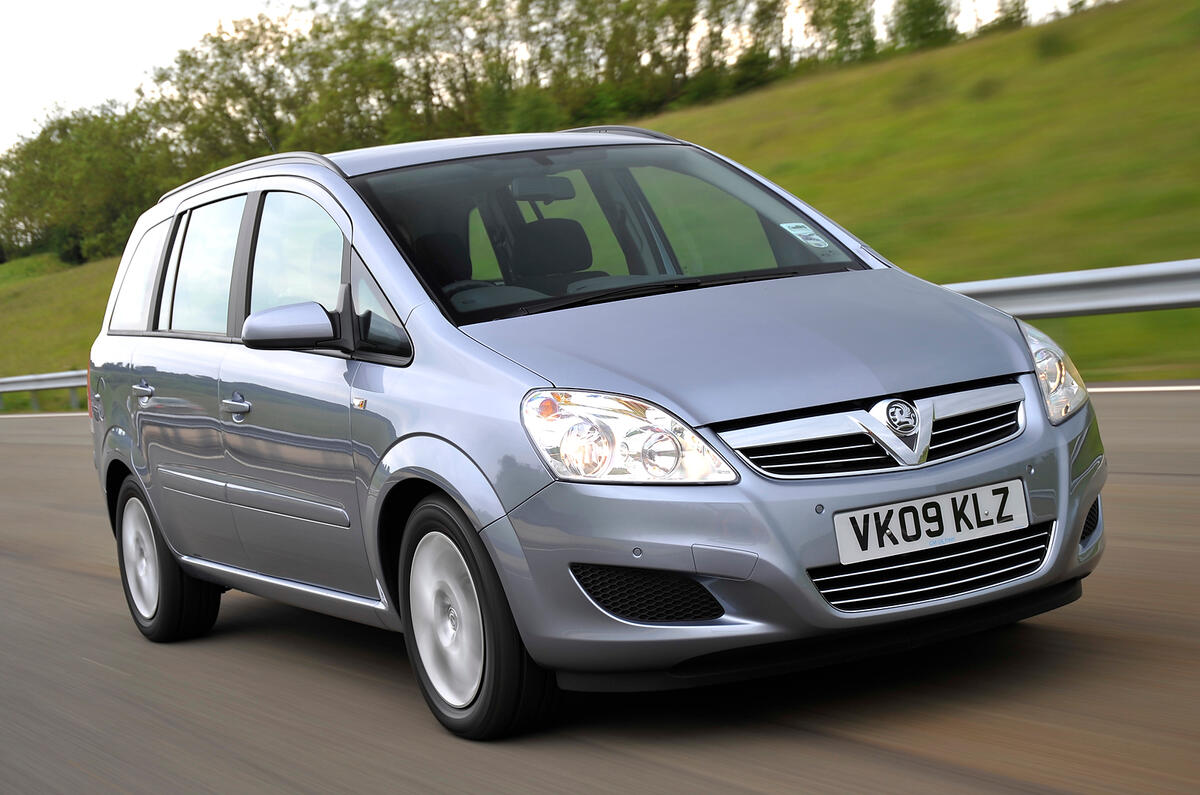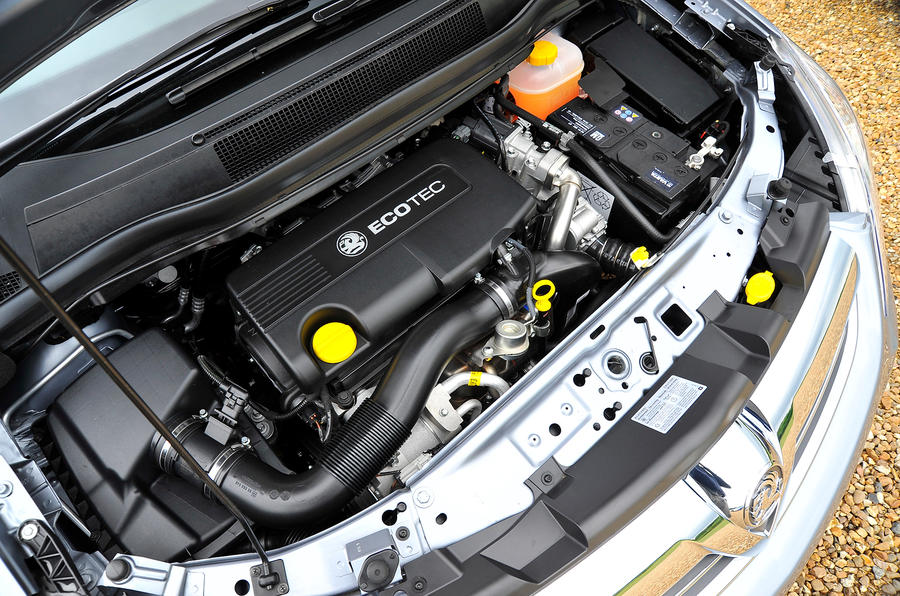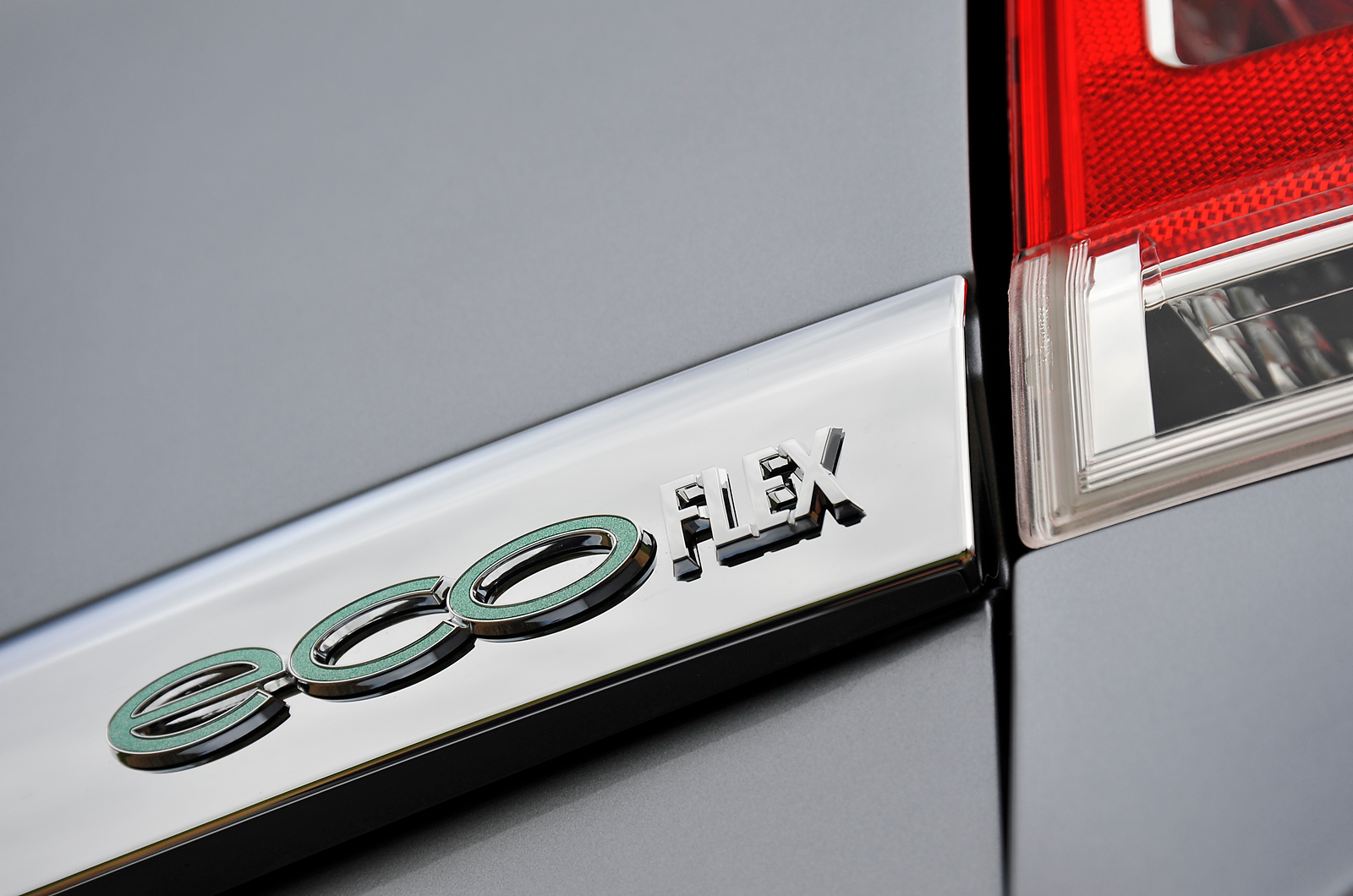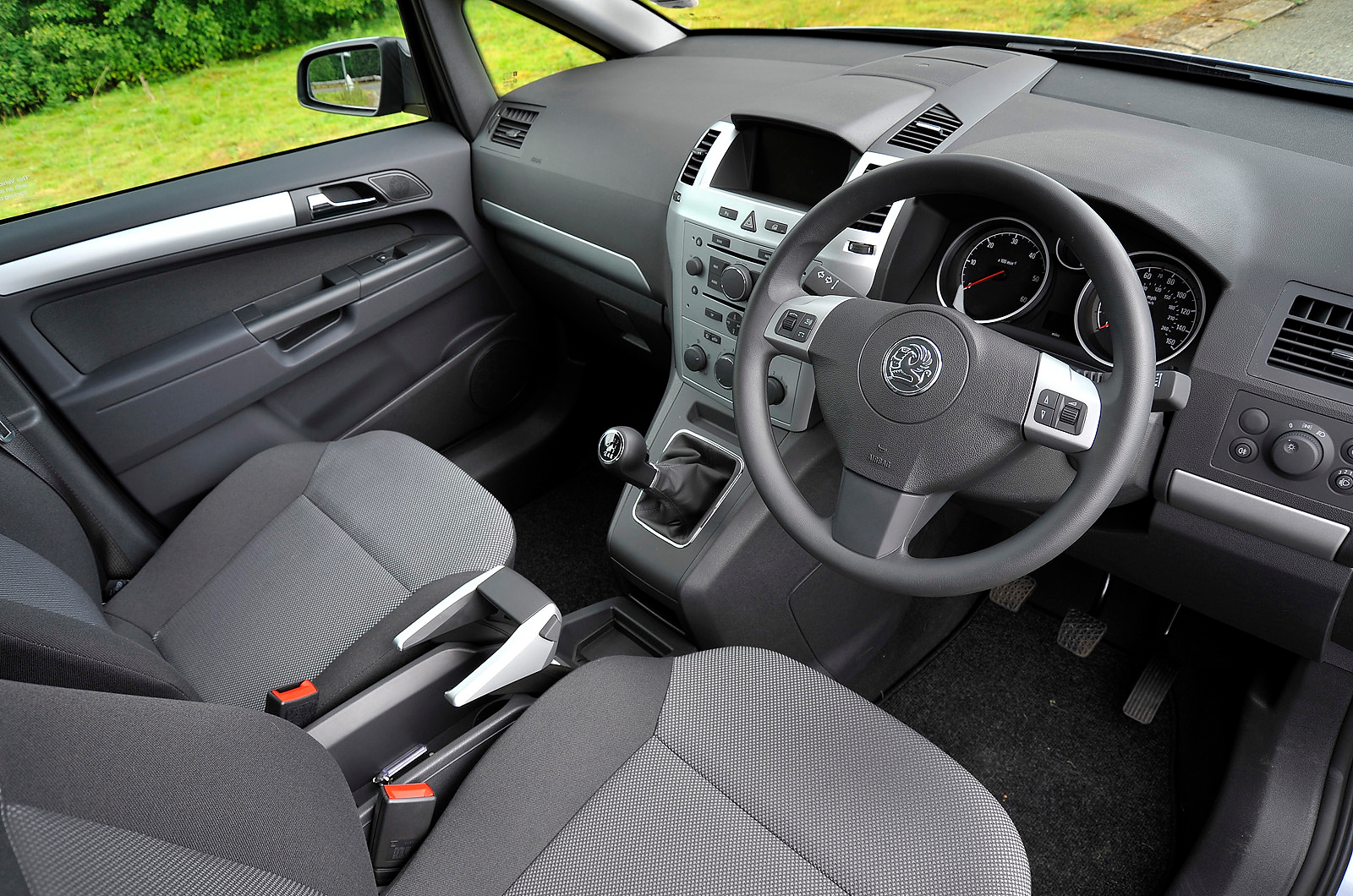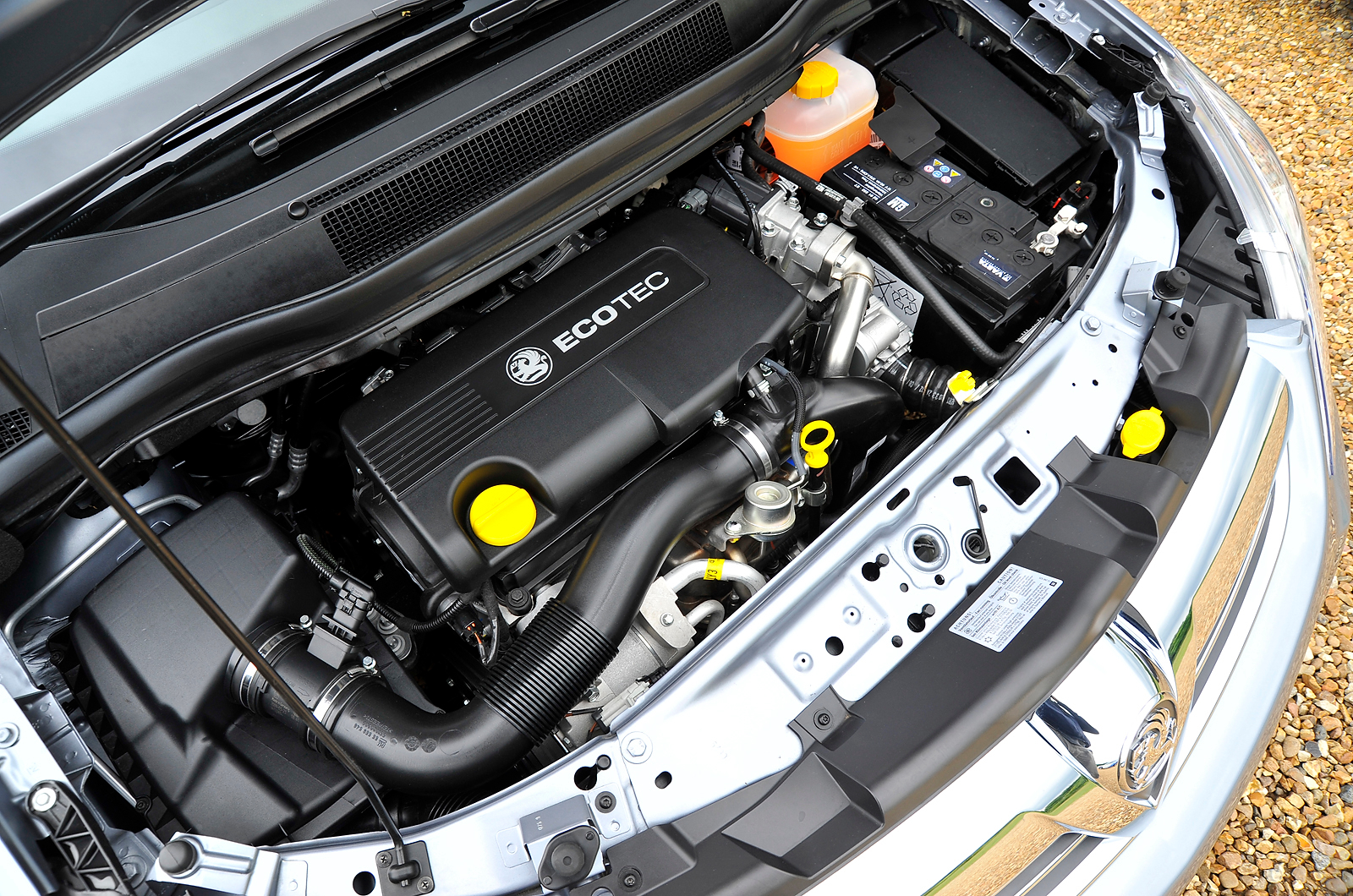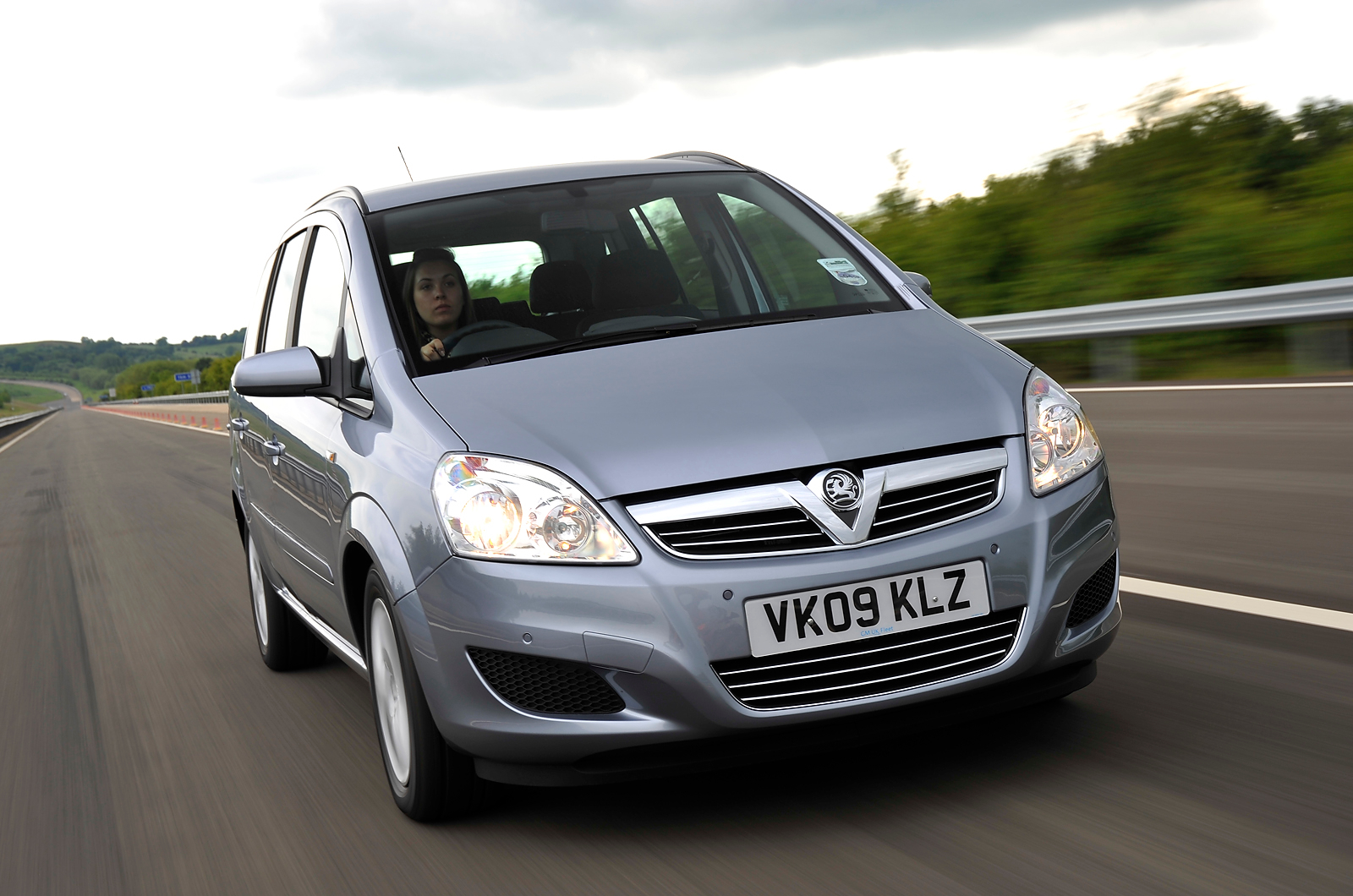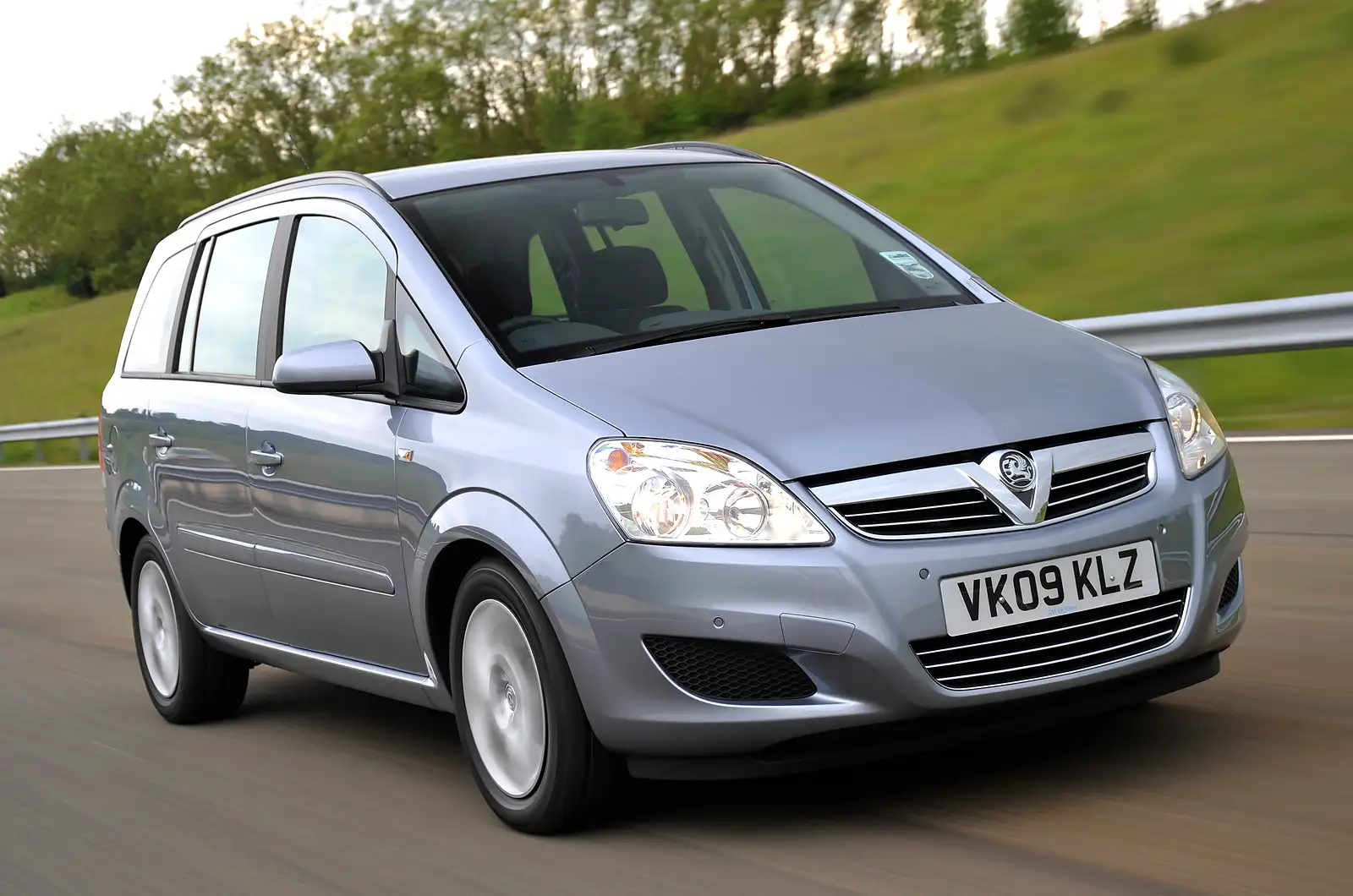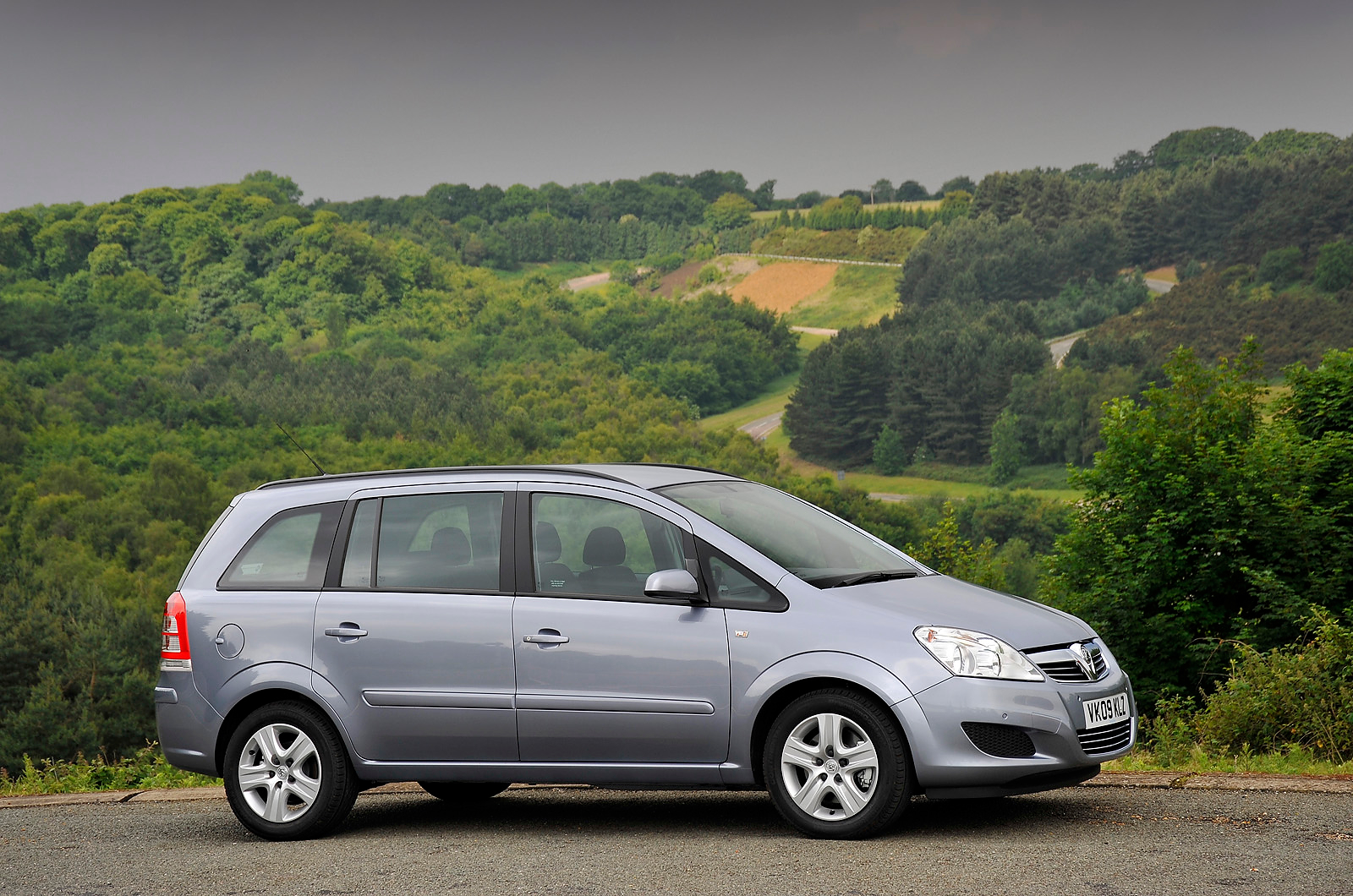There are some great engines at GM which could have been installed in the Vauxhall Zafira, from a peppy 134bhp 1.6-litre diesel capable of nearly 70mpg and sub 110g/km CO2 emissions to a 192bhp, 2.0-litre diesel that would fling it to 60mph in little more than 8 sec.
Vauxhall chose to save its most appealing powertrains (and any choice of automatic transmission) for the more expensive Zafira Tourer. Instead and as outlined earlier, the choice was a 1.8-litre petrol or a 1.7-litre diesel chugger, albeit both available with two outputs.
Both motors provide performance as unremarkable as you’d expect from a car as antediluvian and dynamically unambitious as this, neither offering a prayer of reaching 60mph in a single digit number of seconds without being pushed off a cliff first.
Then again, who is ever going to want to buy a Zafira and also want to go fast? Vauxhall did ask the question with the extraordinarily contradictory Zafira VXR and customers – or the lack thereof – provided the answer in short order.
But just because you don’t want to go to the Nurbürgring and set a time doesn’t mean you have no expectations of the way what little performance there is should be delivered. It should at least be a pleasant car to move through the gears. And it is, just about.
The choice between petrol and diesel is not as easy as it first seems. Instinctively we’d suggest the diesel for, as we shall see, there is a considerable advantage in fuel consumption and what little performance deficit is incurred is unlikely to be regarded as a great loss by the typical customer.
However Vauxhall charged a substantial premium for the diesel, so much indeed that the low powered diesel with 108bhp was a comfortable four figure sum more expensive than the high powered petrol Zafira wearing the same trim.
Moreover, the petrol engine is far more pleasant to listen to and revs reasonably smoothly and freely towards its redline. It’s pretty short of torque which you’ll notice particularly when travelling with a full load, because you’ll have to work the five speed gearbox more than you’d expect, but at least the shift quality is good and the ratios well chosen. Besides once you’re up to speed and simply cruising on the motorway, it’s a reasonably quiet and civilised companion.
The diesel is a mixed blessing. The economy gains are obvious, but in low power form performance is really very limited. But even if you spend the extra for the more powerful version you’ll have to put up with both its gravelly voice and a rather narrow powerband. More modern Vauxhall diesels have made a huge step forward with refinement levels in particular.
The most significant number this engine possesses is the 2300rpm where it develops peak torque, notably high by modern diesel standards. Performance below this peak varies between mediocre and glacial depending how far down towards idle you reach. So despite it being a diesel which should be absolutely in its element between 1500-2000rpm, you find yourself having to work this engine too.
It also helps explain why both diesel Zafiras come with six speed gearboxes: the distance between peak torque and peak power on the lower powered engine is just 1500rpm so you need lots of gears to keep the engine in this optimal band.


